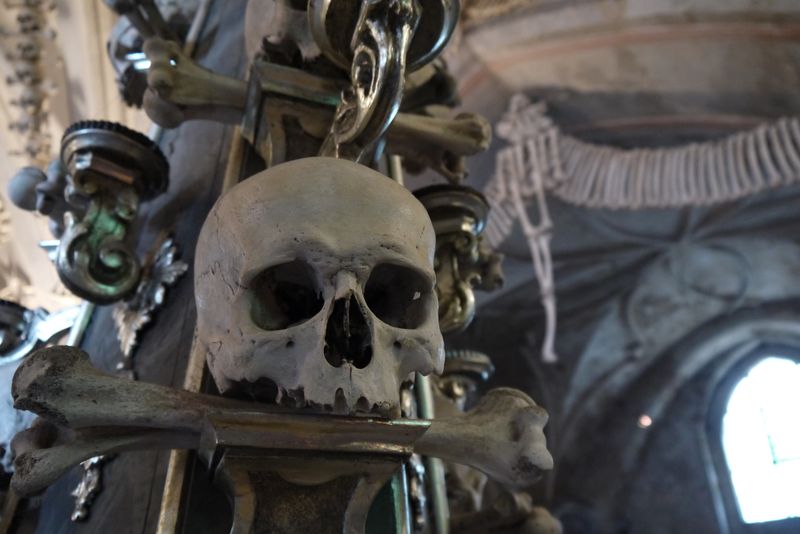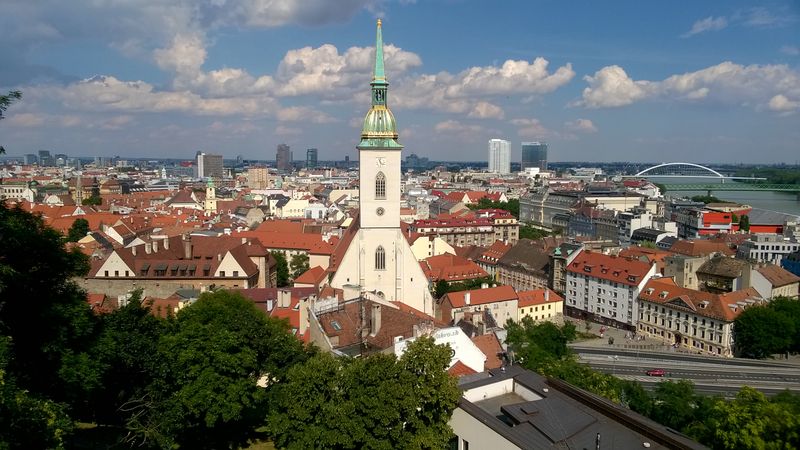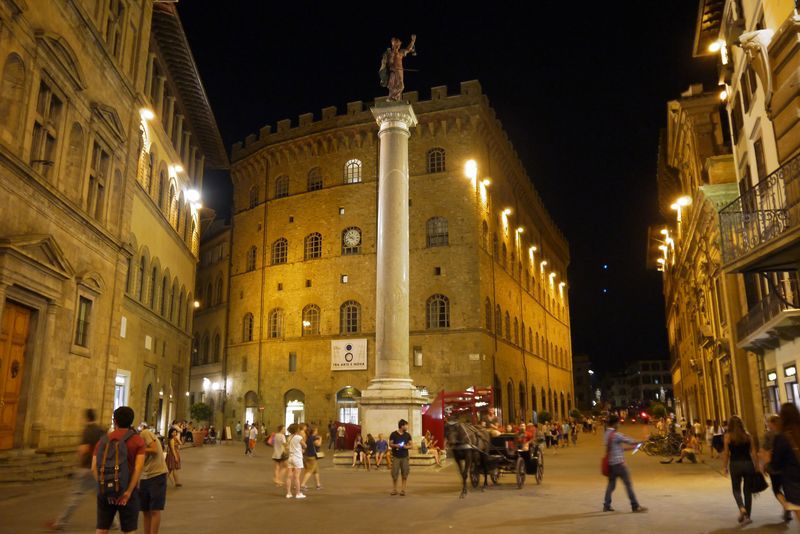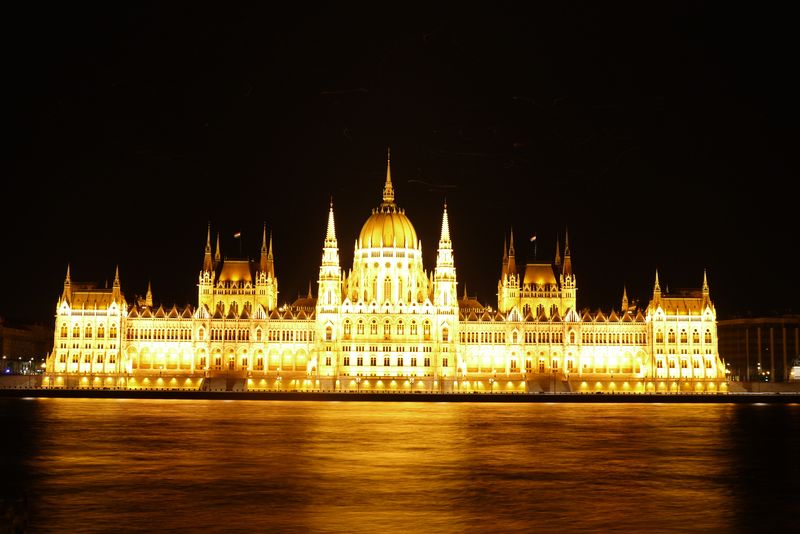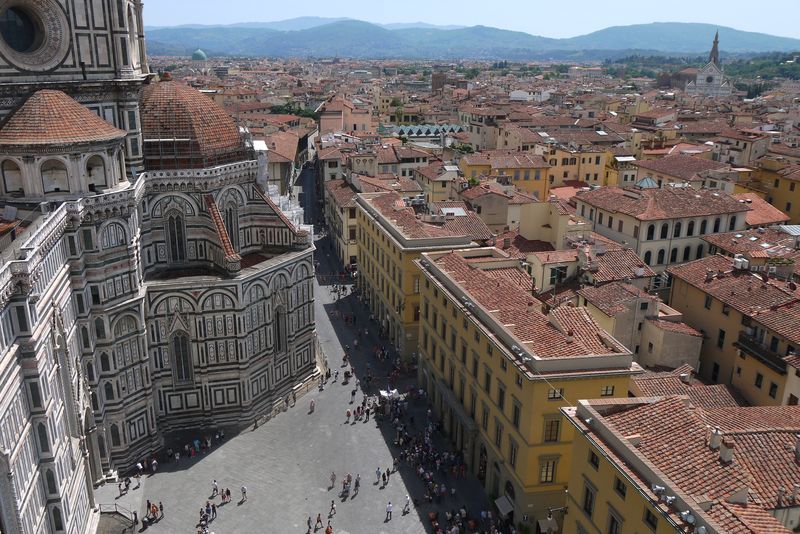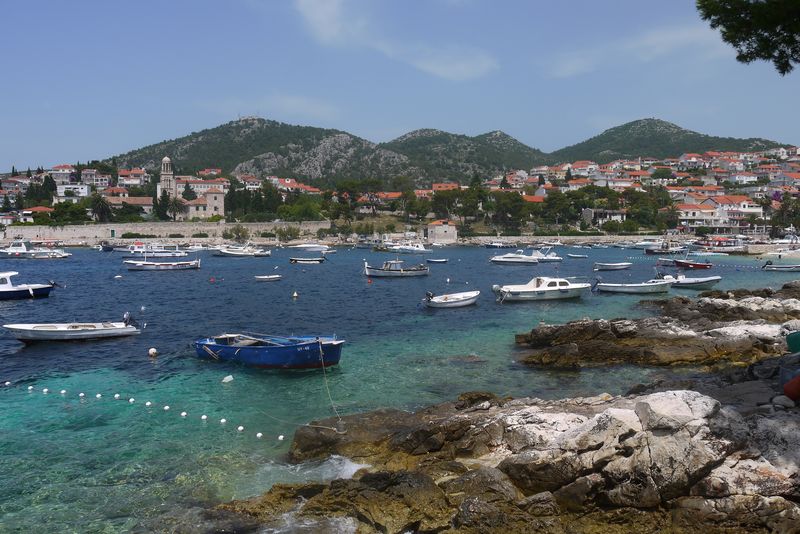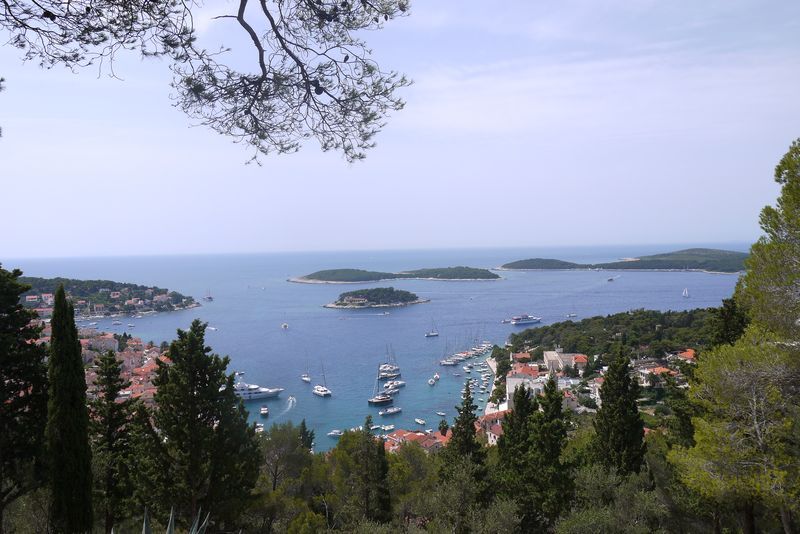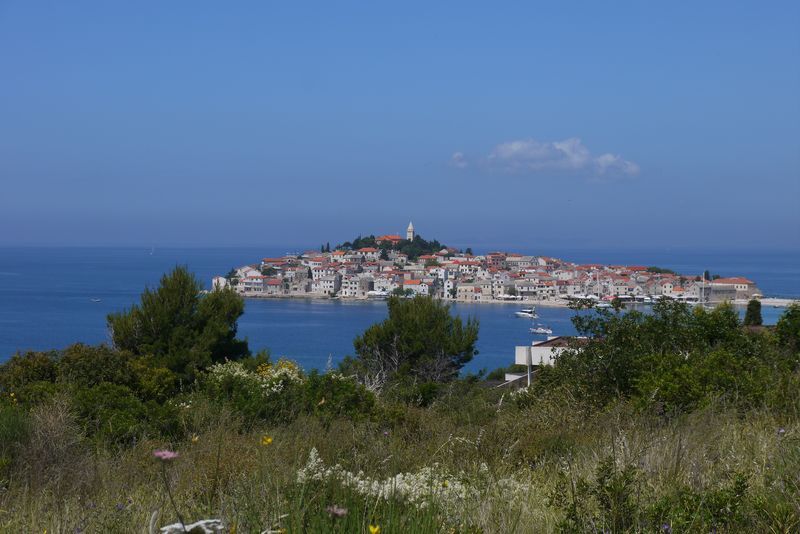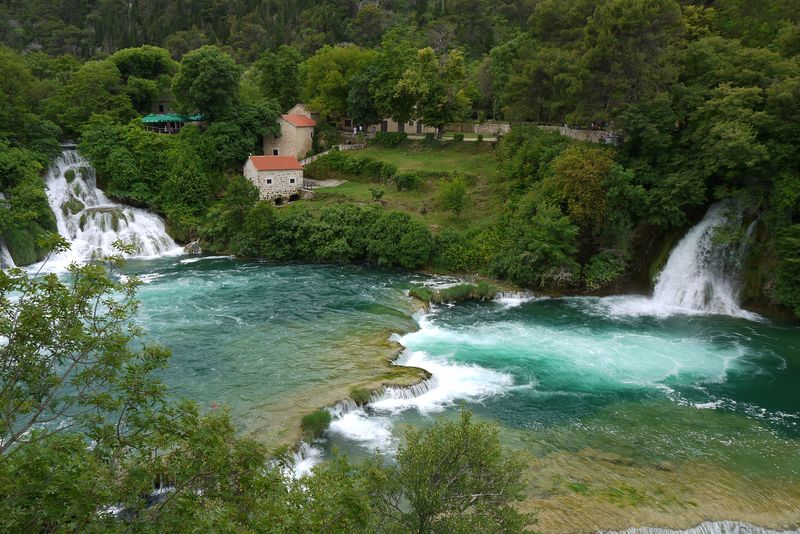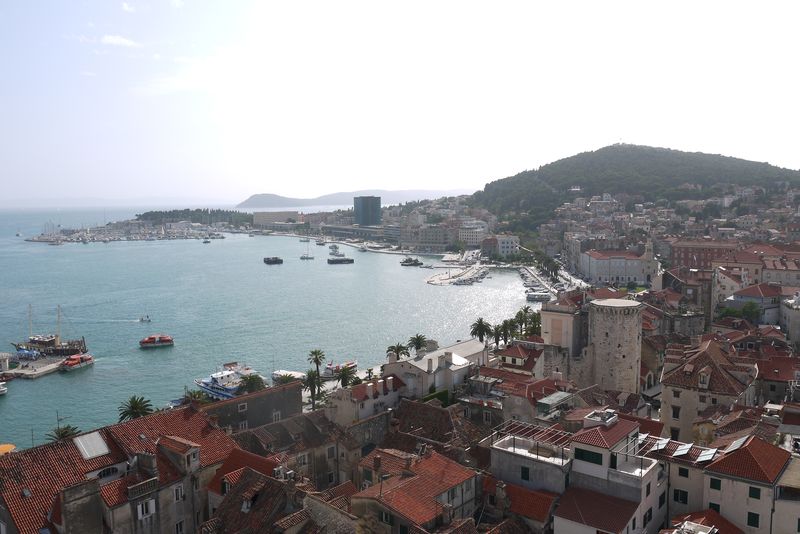The Bone Church
Imagine a church decorated with the bones of up to 70,000 people. Picture ivory-coloured towers and artfully arranged skulls, delicate bone necklaces strung across the ceiling and shaped into elaborate coats of arms and chalices. This is what we discovered during an eerie yet beautiful visit to the Bone Church, located in the tiny town of Kutna Hora in the Czech countryside. 11 October, 2016 / 12 Comments





